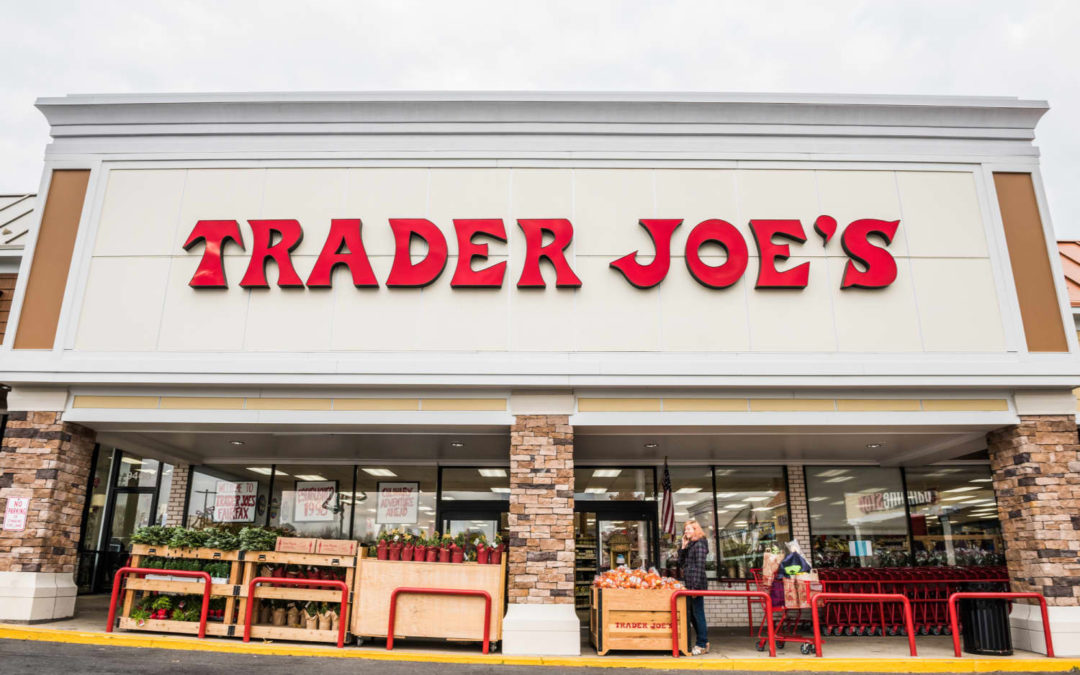
Mini Olive Trees Are Back At Trader Joe’s
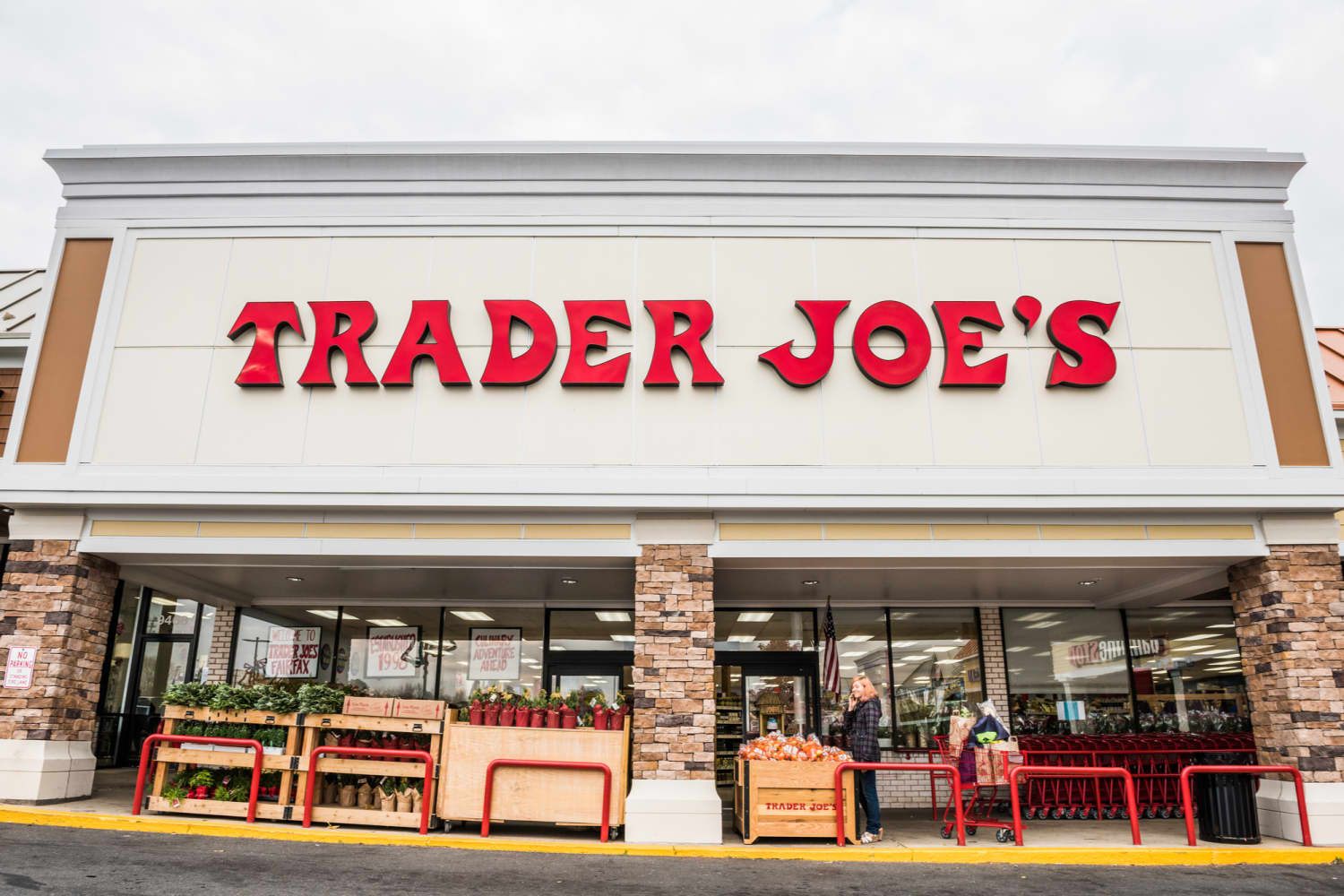


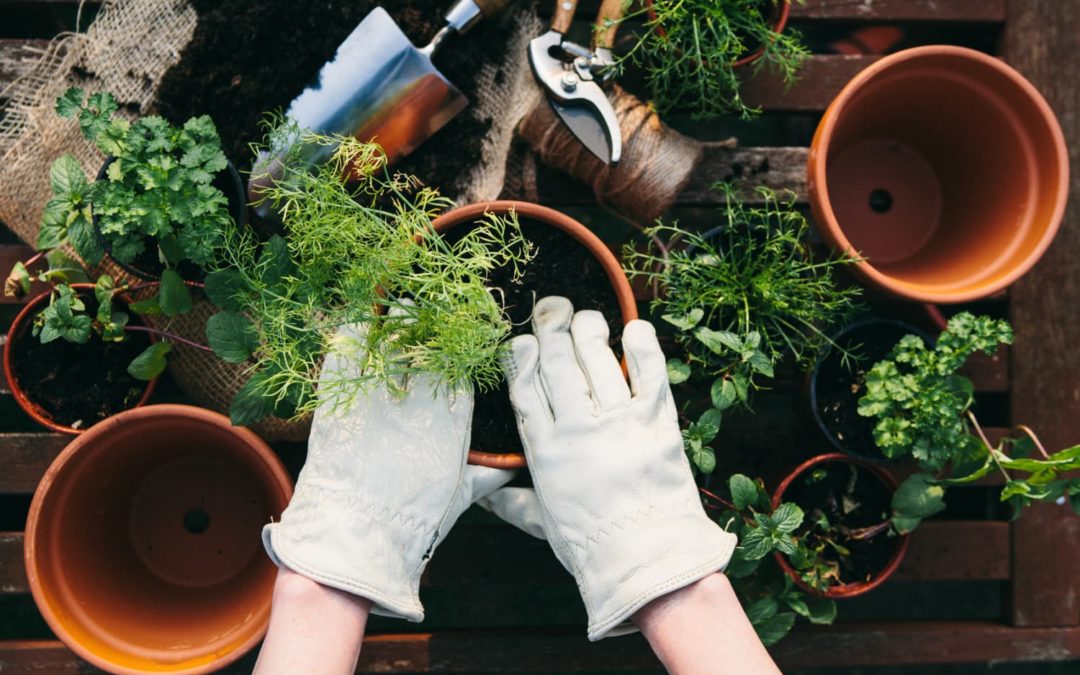
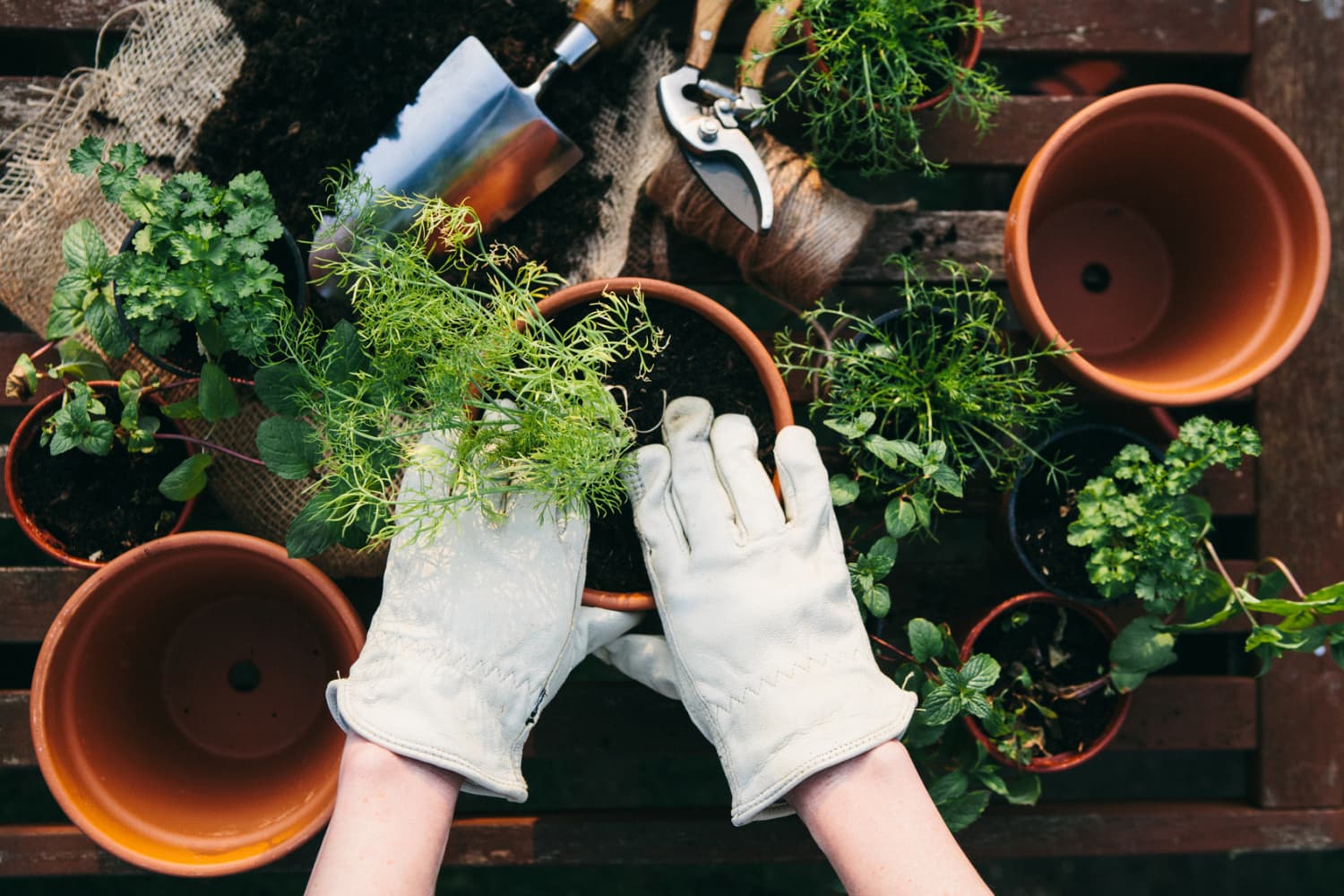
We independently select these products—if you buy from one of our links, we may earn a commission.
That houseplant you forgot to water might not be able to return from the dead, but here’s a consolation: you can at least have it returned for a refund. As it turns out, Home Depot has a generous policy that allows you to return expired greenery for up to a full year, as long as you save the receipt.
To be more specific, the policy states that flower bushes, succulents, and houseplants, qualify for a return within 90 days of delivery date or date of purchase in-store. As for perennials, trees, tropical plants, and shrubs, the return period lasts up to a year.
A couple more details you need to remember before taking your dead plant back to the store. First, floral arrangements and cut flowers are not included in the policy. Second, you can get a refund if you’re within the 90-day deadline; but beyond that until a year has elapsed, you can qualify for a replacement or store credit.
There are other customer-friendly policies, too. For instance, if you bought plants online and it’s damaged or dead by the time it reaches you, you can have it replaced within three days of delivery at no extra charge. For seasonal items such as real and artificial Christmas trees, wreaths, and garlands, the store also accepts returns within 90 days.
And for the unlucky urban farmer? Home Depot has a Grow A Garden Guarantee wherein you are entitled to a full refund if your Bonnie plant used with Miracle-Gro soil does not produce a harvest between March and October.
A generous policy, indeed. However, for the plants’ sake, let’s not become a regular at Home Depot’s returns section, shall we?
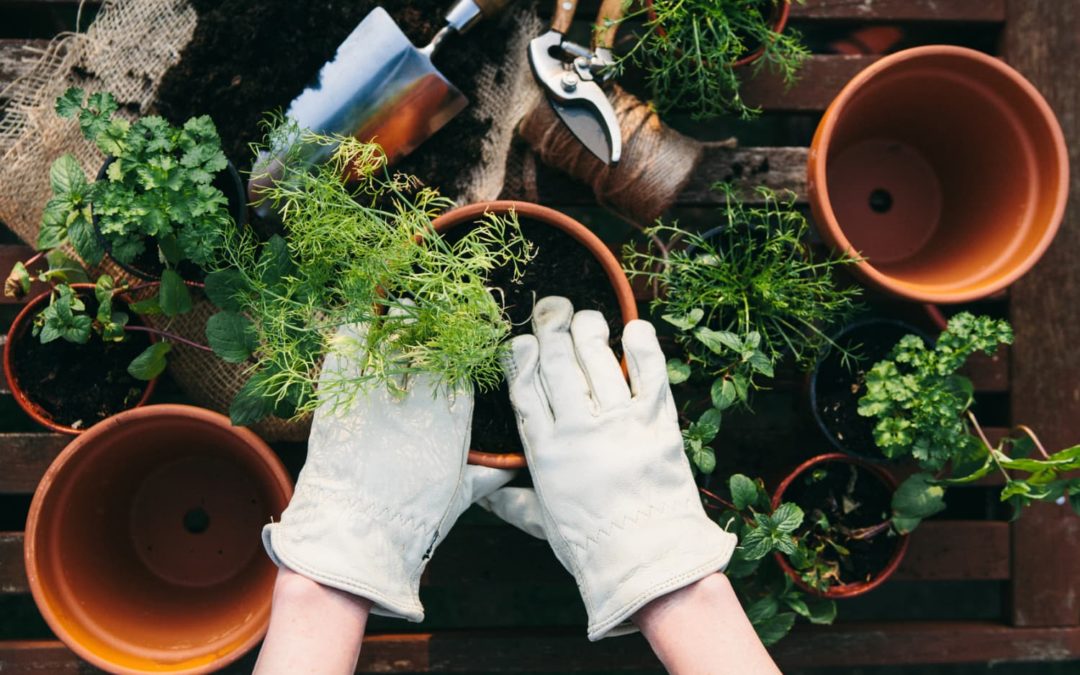

For city dwellers who have a keen green thumb, it can be difficult to find the space and conditions to let plants thrive. It requires getting very creative with limited square footage and perhaps the lack of tools, but it can be done—think vertical plant walls and rooftop container gardens.
To kick off Lawn and Garden Month, LawnStarter set out to discover the best cities for urban gardening in 2022. Taking into account many factors including space, gardening supplies and accessories, climate, accessibility, and a local gardening community, they determined the top ten cities for creating an urban garden of dreams.
St. Louis, MO, came out on top. With the most community gardens per 100,000 residents, the city takes its gardening seriously. As a prime example of fostering community through urban farming, St. Louis is home to Urban Harvest STL, a nonprofit network of urban farms that donates most of its harvest to underserved populations.
In second place is Cincinnati, OH. Taking the bronze medal is Atlanta, GA, while Macon, GA follows closely behind in fourth place. Georgia may be the state for you if you’re a huge fan of urban gardening. Many of its cities have great access to private and public gardening spaces, and large yards mean more space to let your green thumb grow.
Rounding out the top five is Salt Lake City, UT, with easy access to garden supply stores and plenty of gardening communities and clubs.
“There are many options for city dwellers with a small patio or balcony or no exterior space to grow some flowering plants, vegetables, small fruits, and herbs,” Kathy Kelley, Professor of Horticultural Marketing and Business Management at Penn State college of Agriculture Sciences, told LawnStarter. “Containers work for outdoor and indoor gardening, but there are many planters that will fit over outdoor balcony railings if there is a lack of floor space. There are lightweight containers that attach to glass for indoor gardening that can be used to grow microgreens, herbs, and small houseplants.”
Below, top ten cities for urban gardening.

Gardening tools are essential not only for your safety and comfort but also for productivity. With the right tools in hand, you’ll be able to work more efficiently and effectively, yielding bigger and healthier harvests.
What’s more, the ease and peace of mind they provide will allow you to reap all of gardening’s physical and psychological health benefits.

As you move through this checklist of essential gardening tools, keep in mind that different products offer a wide selection of features, as well as varying degrees of quality.
How tall are you? Can you kneel to work? How large is your garden?
These are just a few questions to ask yourself as you move through all your options.

A good pair of gardening gloves will protect your hands from a number of hazards, including thorns, chemicals, and adverse weather conditions. They’ll also keep your hands and nails clean.
Choose gloves based on the task you’ll be performing — for instance, pruning roses and planting seeds make for two very different gardening experiences.
So, if you’re an avid gardener, you’ll want to have different pairs of gloves to tackle various jobs.

This handy gardening tool will prove invaluable for cutting smaller vines and branches. Even vegetable gardeners like to use pruning shears to harvest tomatoes, peppers, melons and other yields that don’t easily pop off the vine.
When choosing your pruning shears, make sure the grips are comfortable and the blades are sharp.
It takes just a few minutes to sharpen shears with grinders, files or sharpening stones. You just need to disassemble the tool, clean it, sharpen it, reassemble it, and clean the assembled tool for optimal performance.
And once you start using pruning shears, you might be surprised at how many miles you put on these handy little devices!

Your plants will need water — and unless you plan on hauling it in buckets, you’ll need a hose that reaches the farthest end of your garden.
Some plants, particularly perennials, don’t thrive with wet foliage, so you’ll also want a soaker hose, which slowly releases water so it soaks deeply into the soil.
Best of all? You can hide a soaker hose beneath your mulch and set it with a timer to turn on and off as needed.

Chances are you’ll need to move dirt, clippings, compost, rocks — and the tools listed in this article. A wheelbarrow (or a garden cart or sled) will come in handy. Choose one that feels sturdy and balanced.
Pro Tips:
• Replace the wheelbarrow’s tire with a solid, universal tire that’s not inflated with air and can never go flat.
• Before you load up a wheelbarrow, point it toward the direction of travel. This will prevent you from pivoting with a heavy load

Lawn/shrub/garden shears, which are larger than pruning shears, are designed to trim shrubs and cut larger vines and branches. Choose a model that’s sturdy, yet light enough to be ergonomic.

Whether you’re digging out old shrubs, root balls or rocks, transplanting seedlings or filling a bed with soil or mulch, you’ll need a shovel or spade.
Choose one with a sharp edge, comfortable handle and a shaft that’s the right height for you.

This is much like a shovel, but it’s small enough to fit in one hand. Select a hand trowel that feels good in your grip, with a steady blade that won’t bend. Then use it to carve out holes for small plants, dig up weeds and extract plants for overwintering.

Whether you need to smooth out soil after it’s been tilled, comb rocks from the dirt or level out mulch, a garden rake with metal tines is a necessity.
You may need multiple rakes, depending on your lawn and garden’s needs. The three most common options are bow, leaf and shrub rakes.
Bow rakes help with smoothing out soil in a garden; leaf rakes are perfect for gathering leaves or pine straw; and small shrub rakes come in handy for placing mulch in tight spaces.
Pro Tip: Rake leaves fast with a tarp and two wooden dowels that make it easy to transport piles of leaves to a garbage can.

When it’s time to create furrows, plant seeds, mound up soil and dig weeds or root vegetables, a garden hoe is the tool you’ll need.
Choosing the right garden hoe will require a bit of research. If eliminating weeds is at the top of your list, a scuffle hoe, swoe or serpentine hoe might be the best choice.
For planting seeds, go with a warren hoe; and for tougher jobs that require more earth-moving, the draw hoe will be your multi-purpose friend.

This tool is great for breaking up compacted soil. Choose a garden fork with sturdy tines that won’t bend if you hit a rock. If you plan to move mulch or compost, pick one with curved tines so you can use it as a shovel.

When you have just the right gardening tool for every job, you will move quickly through tasks, your garden will look beautiful, and you’ll be better equipped to care for plants.
Choose tools that will work best for you and your garden, but also those you can expect to last for years to come.
And remember: Inexpensive tools might seem attractive at first, but nothing beats reliability and longevity.
Barb Abrahms is the CEO and co-founder of PalmFlex. Abrahms has over 20 years of experience consulting her team and customers on their ideal personal protective equipment needs for a variety of industries and applications.
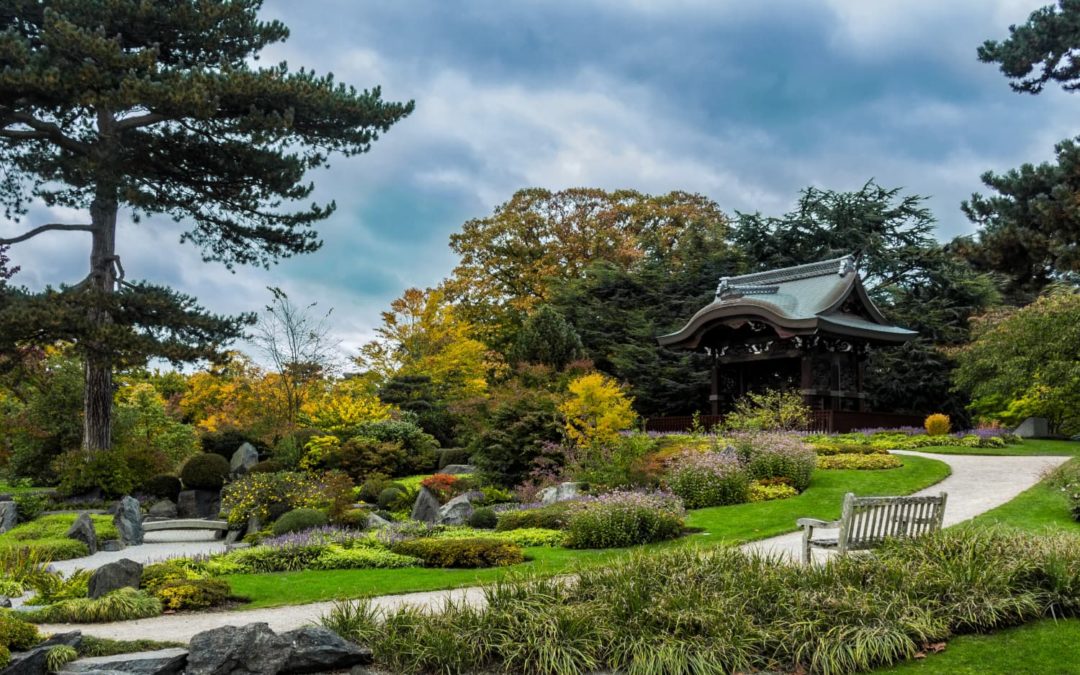
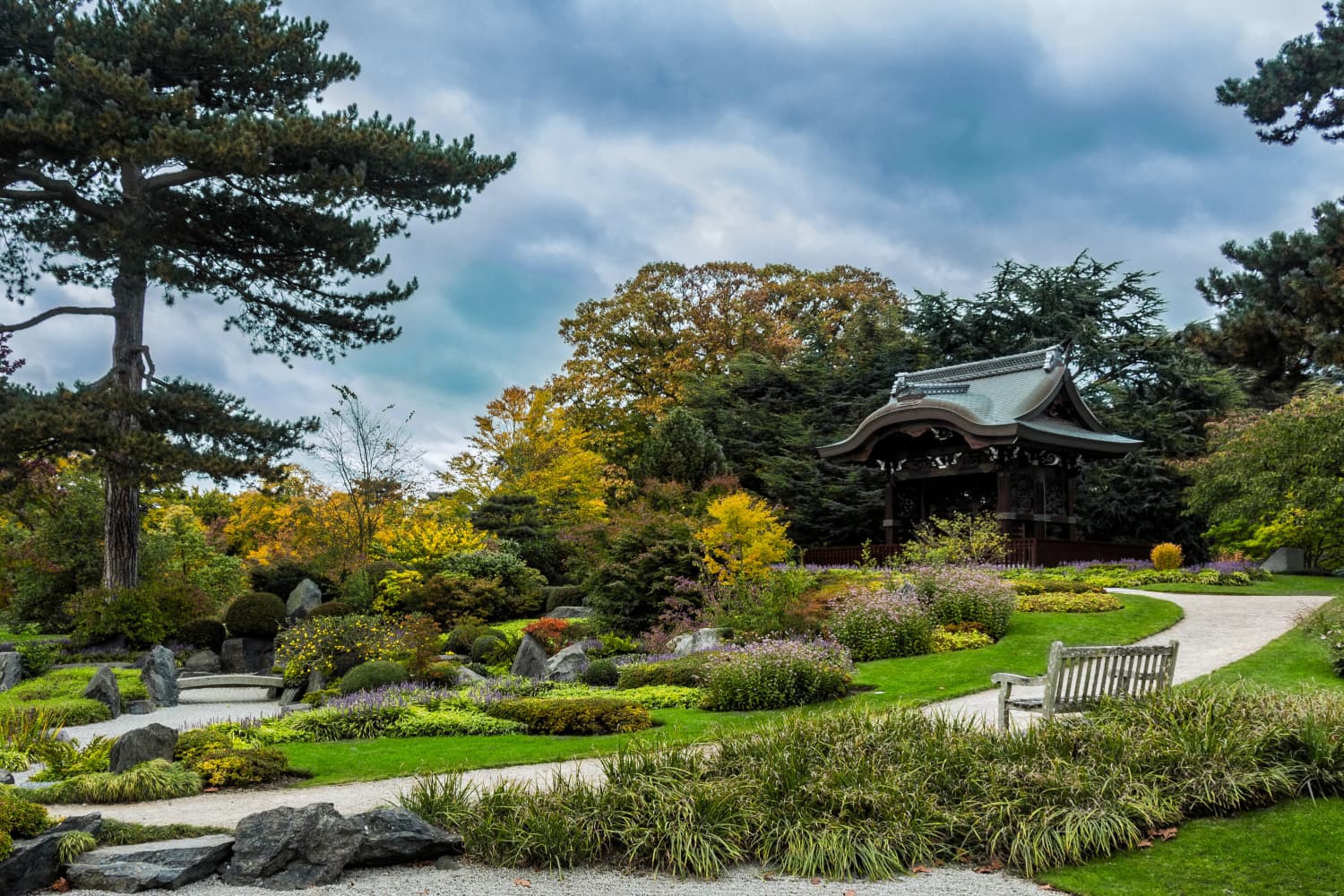
Ask any plant parent and they’ll tell you that their garden is the most Instagrammable around. But don’t tell them this: Instagram thinks otherwise.
According to a study by OnBuy.com, wherein experts analyzed thousands of gardening-related Instagram hashtags, the most Instagrammable garden in the world is London’s Kew Gardens, having received over 744,491 hashtags.
It’s not hard to see why the 182-year-old botanical garden is popular with its 1.35 million yearly visitors. Kew Gardens houses the world’s largest and most diverse botanical and mycological collections, having over 50,000 living plants and over 8.5 million preserved plant and fungal specimens.
OnBuy.com wrote: “Kew is home to the world’s oldest plant, the cycad, which has been around since 1775… Many exotic animals also reside in Kew Gardens, such as peacocks, wild European badgers and at one point even kangaroos!”
The botanical garden is so important that, in 2003, Kew was declared as London’s fourth (and largest) World Heritage Site.
In second place is Longwood Gardens in Pennsylvania with 288,975 hashtags. It may not be as popular as Kew, but it is certainly as amazing, with over 1,077 acres of gardens, woodlands, and meadows. It’s considered to be one of the premier horticultural displays in the U.S.
In third place is Brazil’s Jardim Botânico, having been tagged 233,477 times. Founded in 1808, the botanical garden features 6,500 different plant species — including 600 species of orchids — and is an important institution in saving the Amazon rainforest.
Here’s the full list of the most Instagrammable botanical gardens in the world: